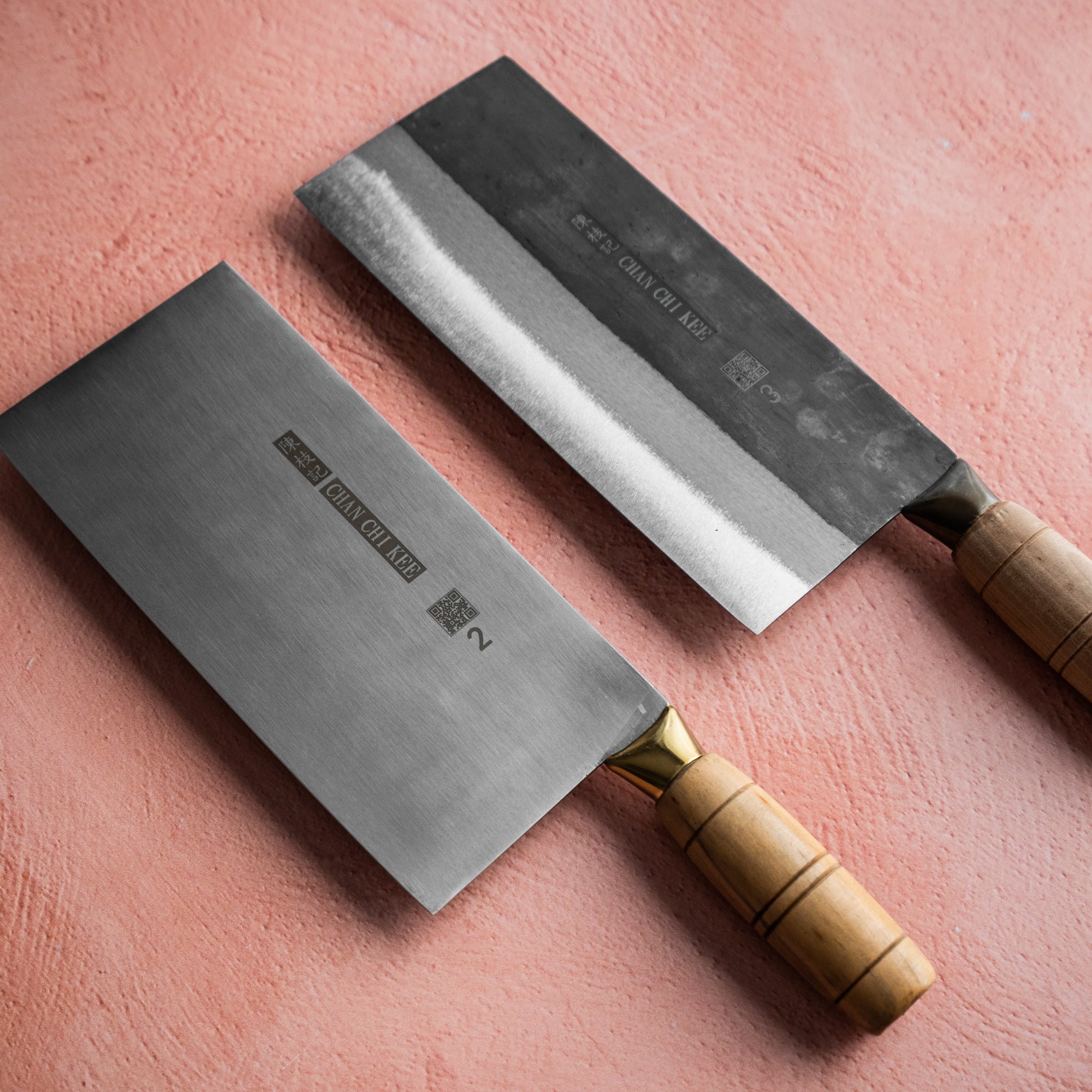
The best knife for cutting vegetables
Veggies are an essential part of every diet, and an easy way to make sure you’re getting enough of them is to choose a good knife for cutting vegetables, as this will make preparation not only easy, but fun! It can be hard to know where to start when looking to buy a new knife, so the best idea is to think about what you like to cook. If you use a lot of robust vegetables, such as squash or turnip, then you’ll need a stronger knife rather than if you create dishes with a lot of fine herbs or decorative salads. If you’re new to cooking, then it’s worth seeking out a good quality knife that can be used for most tasks, and then adding to your equipment as your skills and areas of interest develop.
What is a good all-round knife for cutting vegetables
A good vegetable knife will usually be between 16 and 20cm long, with a generous width to allow for good purchase when slicing or dicing vegetables. Many people enjoy the rocking action of a knife with a slight curve to the profile, like the Gyuto, especially when preparing vegetables like onions and mincing garlic or ginger. The Gyuto is the all round chef's knife and whilst being versatile enough for meats and vegetables, it can be outperformed by the traditional Japanese Vegetable knife, the Nakiri.
The Nakiri is a knife that looks almost like a rectangle, and is designed for push cutting only, enabling for maximum contact with the cutting board at all times. This is beneficial for cutting herbs, peppers, carrots, and many more types of vegetables.
How to choose the best knife for cutting vegetables
Choosing the best vegetable knife can seem tricky, so we’ve put together a step-by-step guide to help you get started.
1. Material As a rule of thumb, it’s worth buying the best you can afford. A good vegetable knife could last a lifetime and having something you enjoy using will make kitchen prep a pleasure, not a chore. There are three common materials used in knife making: - Stainless steel: This is sturdy, long-lasting and can survive all but the harshest treatment in the kitchen. - Carbon steel: This is a durable, lightweight material and will keep a good edge for longer. The downside is that it will rust easily without good care.
If you're getting started, the best choice may be to start with a stainless steel knife (VG10, AUS10, SG2) and once you're comfortable with using this, you can move onto a more traditional carbon steel.
2. Weight This is another important factor. If you're doing a lot of vegetable preparation, you need a knife that is comfortable to hold for a long time. The ideal vegetable knife is sturdy enough to stand up to tougher veg, but not so heavy that it is tiring to use. The best way to check this is to try a few out and get a sense of how they feel. A lightweight Nakiri may tip the scales at 150-170g, while a heavier Nakiri will weigh above 200g.
3. Size As we mentioned above, a typical vegetable knife is between 16 and 20cm long, and this will be suitable for most tasks. Some people like to buy an additional smaller knife for tasks like chopping ginger or smaller vegetables.
4. Handle The final decision is which handle to choose. The traditional Octagon handle may feel a little different at first, but is very comfortable and easy to use. A western style handle with a full tang may also be a good option as these are similar to other Western knives.
Choose only the best
Choosing the best knife for cutting vegetables is a very personal choice. You’ll need to think about practicalities like your budget as well as what you want from the knife. If you need guidance, get in touch!Share
